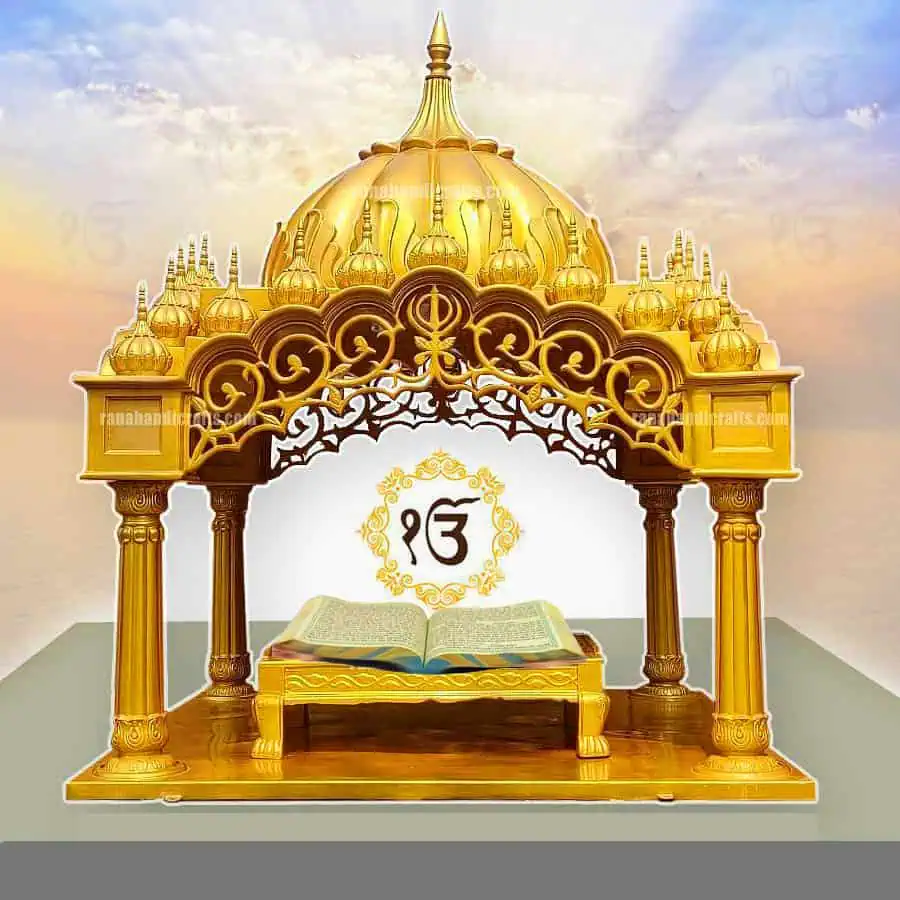An Exploration of the Significance of 4 Pheras in Sikh Weddings
Indian weddings are a rich blend of diverse cultures and religions, showcasing unique customs and practices. Among these ceremonies, the “Pheras,” or sacred walks around the Guru Granth Sahib, hold significant importance in Sikh traditions. In this article today we will take an insightful journey into understanding the significance and history behind this ritual at Sikh weddings.
An Exploration of the Significance of 4 Pheras in Sikh Weddings and a Beautiful Blend of Traditions
Sikh weddings, known as Anand Karaj, are celebrated with a blend of spiritual devotion, cultural richness, and family bonding. Central to these ceremonies is the practice of taking four pheras (circumambulations) around the Guru Granth Sahib, the holy scripture of Sikhism. Sikh weddings are characterized by four pheras, each carrying profound significance. This article delves into the meaning of these four pheras and how they encapsulate the essence of Sikh matrimonial traditions.

The Four Pheras: A Journey of Spiritual and Marital Union
The four pheras in a Sikh wedding symbolize the couple’s journey towards a spiritual and eternal union, guided by the teachings of the Guru Granth Sahib. Each phera signifies a step towards a deeper understanding and practice of Sikh principles in marital life. The four pheras are also reflective of the couple’s vows to lead a life of honesty, fidelity, and mutual respect, under the guidance of their faith.
1. Phera of Commitment to Righteous Living (Dharam)
The first phera signifies the commitment to a righteous and truthful way of life. The couple promises to adhere to the path of dharam (righteousness), embodying truth, honesty, and justice in their daily lives. This commitment extends to their relationship, where they vow to support each other in maintaining ethical standards and a virtuous lifestyle. The Guru Granth Sahib’s teachings, particularly the emphasis on living a life of truth (Satnam), form the cornerstone of this phera.
2. Phera of Devotion to the Guru (Gyan)
The second phera is dedicated to devotion to the Guru and gaining spiritual knowledge (gyan). The couple pledges to remain devoted to the teachings of the Guru Granth Sahib, seeking wisdom and guidance in their spiritual journey. This phera highlights the importance of continuous learning and the quest for spiritual enlightenment. The couple vows to nurture their spiritual growth together, supporting each other in understanding and implementing the teachings of their Guru in everyday life.
3. Phera of Virtuous Living (Saram)
The third phera represents the promise to live a virtuous life, characterized by humility, compassion, and selflessness (saram). The couple commits to practicing humility and serving others, embodying the Sikh principle of Seva (selfless service). This phera emphasizes the importance of caring for others and contributing to the welfare of the community. In their marital life, the couple vows to practice kindness, support each other’s charitable endeavors, and cultivate a home filled with love and compassion.
4. Phera of Union with the Divine (Karam)
The fourth and final phera symbolizes the union with the Divine (karam). This phera signifies the ultimate goal of merging one’s soul with God, as per Sikh beliefs. The couple promises to lead a life of devotion and prayer, striving for spiritual fulfillment and eternal bliss. This phera underscores the importance of maintaining a deep spiritual connection with God and each other. The couple vows to support one another in their spiritual journey, aiming for harmony and divine love in their relationship.
An observance of solidarity.
The unique Sikh traditions in a wedding ceremony, highlighted by the sacred Pheras ritual, creates an exquisite tapestry interwoven with love, devotion and good wishes. A celebration of unity between not only bride and groom but their families and communities as well imparts historical relevance to this beautiful event that roots us together through time immemorial. The significance of the Pheras is poignant; it acts as a reminder that marriage symbolizes shared experiences coupled with mutual respect ultimately leading towards life-long dedication to growth & affections for one another.Journeying forward carrying these customs marks our reverence for timeless bonds cherished across generations – eternally embedded within us all.
